Art School Trips To China
Explore the rich artistic heritage and the developing modern art scene on this exciting tour across Beijing, Xian and Shanghai!
Highlights
Decorative art skills at the Forbidden City
The intricately created detail of the Terracotta Warriors
Discover an ancient Chinese skill with a calligraphy lesson
Modern Art at the 798 Art Zone in Beijing and China Art Muse
Warwick SchoolThank you so much to all at Travelbound for making the trip such a very great success. The itinerary was incredible and the organisation the best that I have ever known on a school trip.
Suggested itinerary
What's included*
*Visa cost not included in price
Recommended excursions
Once used by emperors in the heaven worship ceremony, the temple park in Beijing is now one of the grandest examples of China’s sacrificial buildings. First built in 1420, the temple has been enlarged and rebuilt by both the Ming and Qing dynasties. At the heart of the Temple is the Hall of Prayer for good harvest, where the Emperor requested good harvests in his divine capacity as the son of heaven.
It was here on October 1st 1949 that Chairman Mao Tse-Tung announced the founding of the People’s Republic of China to the world. Built during the Ming Dynasty the square is named after Tiananmen Gate, which lies to the north. It’s the third largest of its kind in the world and a significant cultural landmark with the People’s Heroes monument in the centre.
This palace lies at the heart of Beijing and was the home of the emperors for over 500 years. Completed in 1420, it is the biggest palace complex in the world covering 74 hectares. Surrounded by a 52m-wide moat, it’s an adventure to explore the labyrinth of rooms, halls and gardens with magnificent decoration and rare curiosities throughout.
The National Art Museum of China houses 100,000 exhibits in 17 galleries, with a permanent collection which includes both ancient and contemporary artworks. The main focus is on art development from the end of the 19th century to the present day. Exhibits include paintings, calligraphy, printing, pottery and sculpture.
Considered to be one of the wonders of the world, the Great Wall today was built in Ming Dynasty and is over 6,000 km long. An amazing feat of defensive architecture, intended to protect the Chinese Empire from invaders, it winds a path over rugged country and steep mountains. Sections within easy reach of Beijing have been restored so that visitors can walk on the wall and see the watch towers.
Take a walking tour through Beijing’s traditional back alleys known as Hutongs. See traditional courtyard residences characteristic of how the majority of the population lived in Beijing until the mid-twentieth century. Many Hutongs have been demolished in recent years to make way for modern development but some areas have been protected because of their historical and cultural significance.
The 798 art district is located in a complex of architecturally significant decommissioned military factory buildings in the Dashanzi Chaoyang District of Beijing. The complex is home to a thriving international artistic community with numerous galleries, artists’ studios, design companies, restaurants and cafes. International art exhibitions and art activities as well as fashion shows are frequently held here.
Xian is one of the oldest cities in China and was the starting point of the famous Silk Road. The city walls are flanked by a deep moat and are the largest example of ancient military defences in the world. Our tour takes in the Big Wild Goose Pagoda in the south, and the Hui Muslim Quarter in the north where students get a sense of Xian’s cosmopolitan vibe.
Visit this marvellous exhibition of treasures from an archaeological dig that began in 1974 near the tomb of Emperor Qin Shi Huang. During his reign (246-221BC) an army of nearly 7,000 warriors was made and then buried in pits to guard the emperor in the afterlife.
Tip: Each statue has individually carved features and represents the ancient imperial guard uniform.
This show is a fantastic way for your students to learn about the history of the Tang Dynasty, a prosperous yet peaceful culture for the ancient city of Xi’an – formally Chang’an. The dance troupe perform traditional Chang’an dances and music that are over 1,000 years old.
The Tang Dynasty from the 7th to 10th centuries was seen as a golden age of progress and stability with a rich culture. The museum is located in a reconstructed Imperial garden of the period with typical courtyard architecture. The six exhibition halls gives the visitor an overview of Tang Culture including customs, folklore, poems, calligraphy, music, sculpture and paintings.
Chinese paper cutting uses scissors or knives to cut paper for decoration or other folk activities. Chinese paper cutting was enlisted into the first group of National Intangible Cultural Heritage in 2006 and UNESCO Intangible Cultural Heritage in 2009. Make your own piece of work during a paper-cutting lesson. Available in Xian.
Chinese painting is one of the oldest continuous artistic traditions in the world. The materials used, brush and ink on paper and silk, have determined its character and development over thousands of years. Derived from calligraphy, it is essentially a linear art, employing brushwork to evoke images and feelings. Chinese painting focuses on total concentration in the act of the very moment, and harmony between man and nature. Chinese paintings do not attempt to capture the actual physical appearance of a subject, but rather its essential nature or character. Learn from a local art master during a painting lesson and create your own piece of artwork! Available in Xian.
China is the home of ceramics, and pottery making is not only an artistic creation process, but also a way to explore and express personal creativity. Students will learn how to make a simple ceramic following a step-by-step process including working the clay and glazing. Objects will then be fired in a kiln, and ultimately, each student will have their own unique piece to bring home (to collect later or can be sent on to another city – postage at a supplement). Available in Beijing or Xian.
This famous Classical Garden built in the style of the Ming Dynasty has a history spanning 500 years. The garden is divided into six areas, including a huge rockery, a beautiful lotus pond, the zigzag bridge and several pavilions, the most notable being the Mid-Lake Pavilion Teahouse. The adjacent bazaar is also good for souvenir shopping.
In 1882, an old temple was built to keep two jade Buddha statues which had been brought from Burma by a monk named Huigen. The temple was destroyed during the revolution that overthrew the Qing Dynasty. Fortunately the statues were saved and a new temple was built on the present site in 1928.
The Shanghai Bund lies north of the old walled city and has many historical colonial buildings lining the Huangpu River. The area was initially a British settlement; later the British and American settlements were combined into an International Settlement. A building boom at the end of 19th century and beginning of the 20th century led to the Bund becoming a major financial hub of East Asia.
Acrobatic art is a traditional Chinese performing art rooted in Chinese culture and dating back to 475-221BC. The ancient acrobatics reflected the lives of the Chinese people and today, all provinces of China have their own acrobatic troupes. Acts such as group gymnastics, meteor juggling and tight rope feats make for a spectacular show for the students.
The Museum, the largest in Asia, predominantly displays Chinese Modern Art, with permanent exhibitions include showing the development of contemporary and modern Chinese art. ‘The Exhibition for noted painters’ showcases work by some of the most famous modern Chinese artists, and ‘The History and Culture of Shanghai’ features works relating to Shanghai’s historical and cultural development.
This old residential area in the former French concession is today an artist’s quarter with studios, art galleries, designers and craft shops. The first artist to have a studio here was the famous Chinese artist Chen Yifei who promoted the preservation of this historic quarter with its labyrinth of passageways and distinctive residential architecture.
Xintiandi has been transformed by American architect Benjamin T. Wood and the Japanese company Nikken Sekkai into a popular upmarket entertainment and shopping area. The old Chinese and Western style buildings were restored and a pedestrianised area created, and modern buildings have attracted luxury-brand boutiques and restaurants. The area is now one of Shanghai’s favorite international tourist attractions.
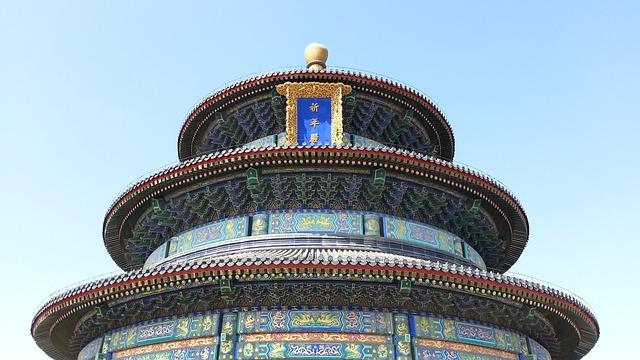
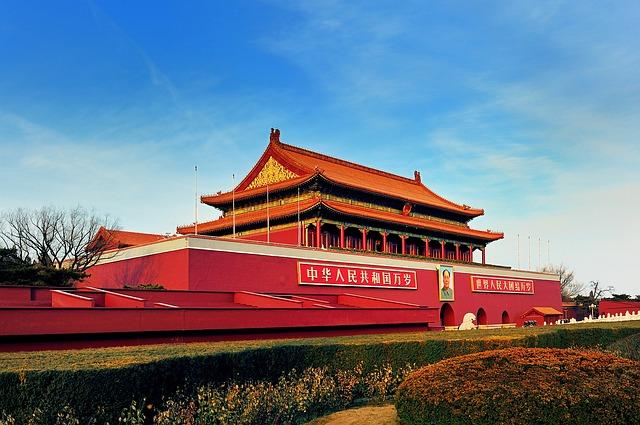

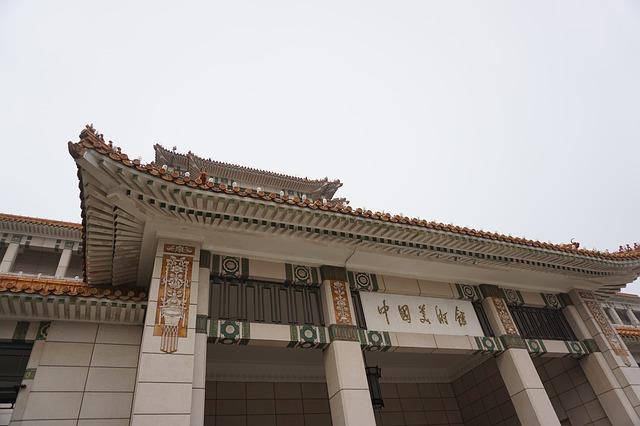
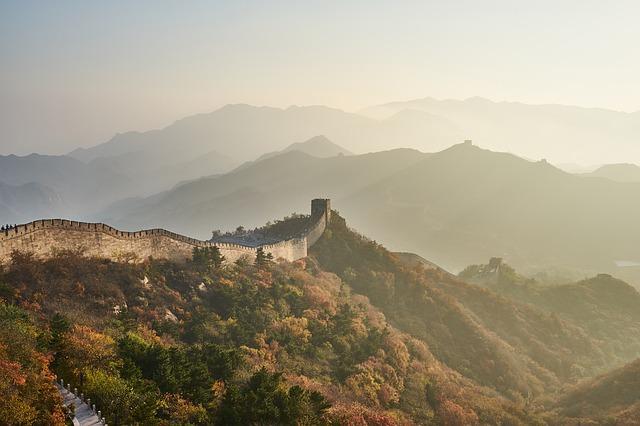
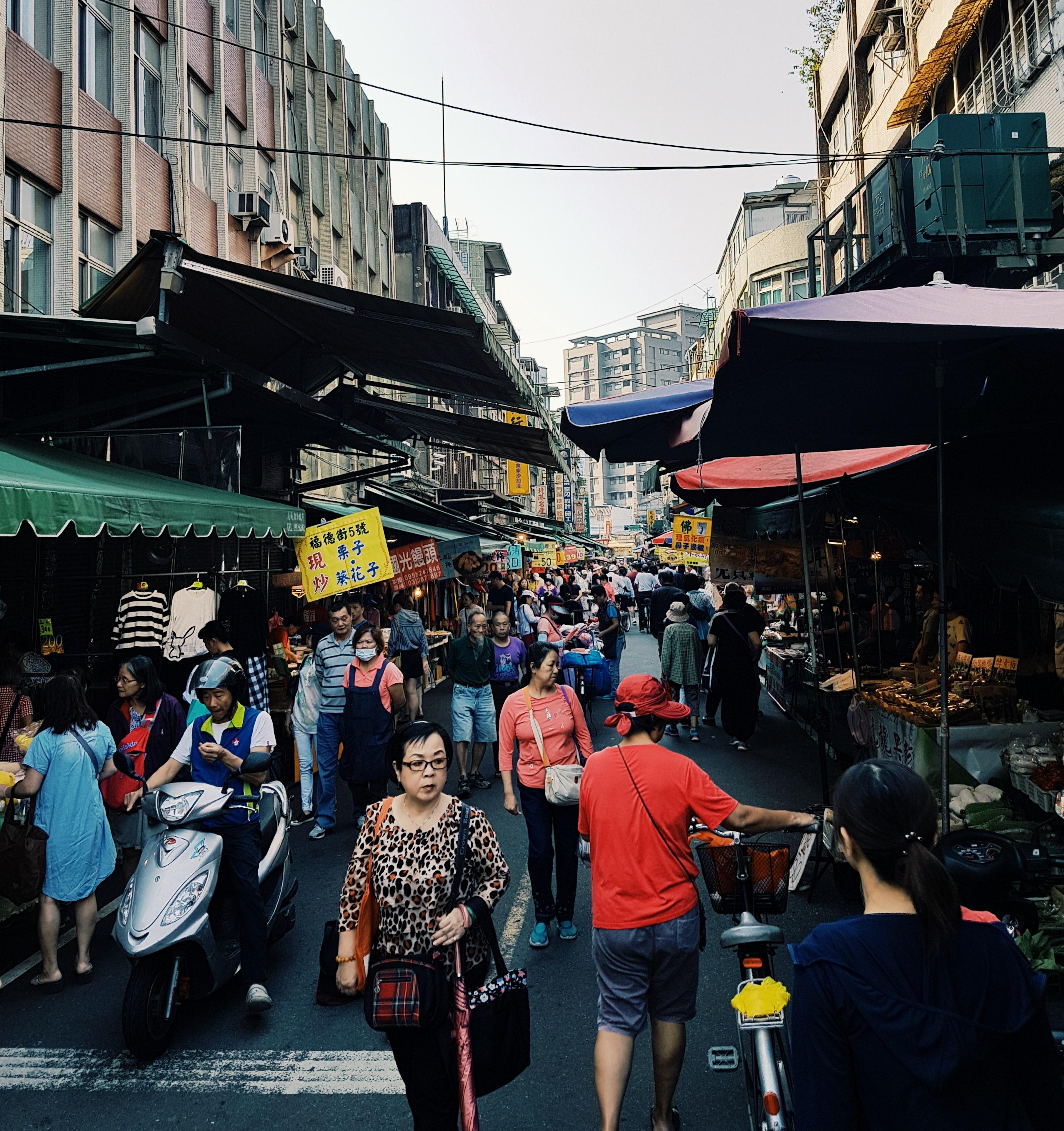
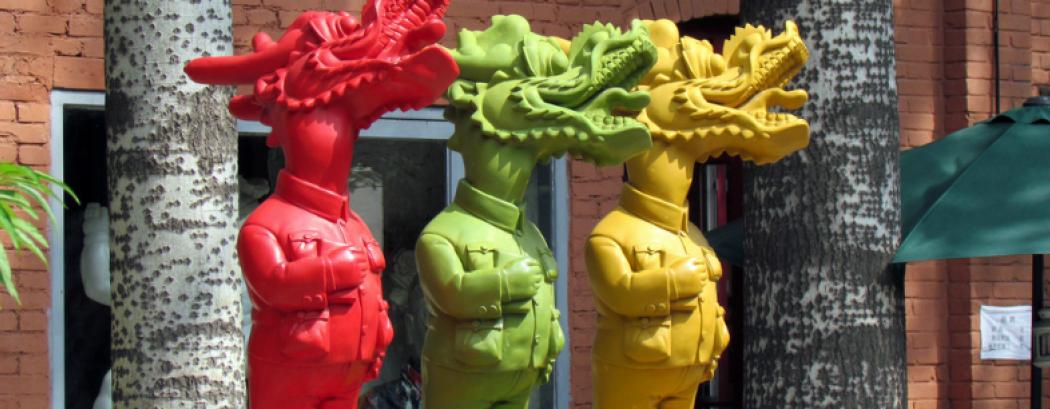
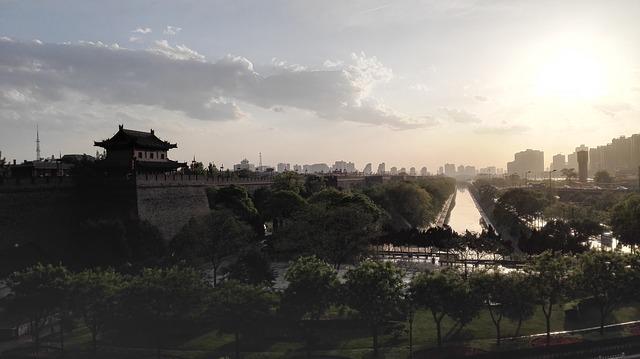
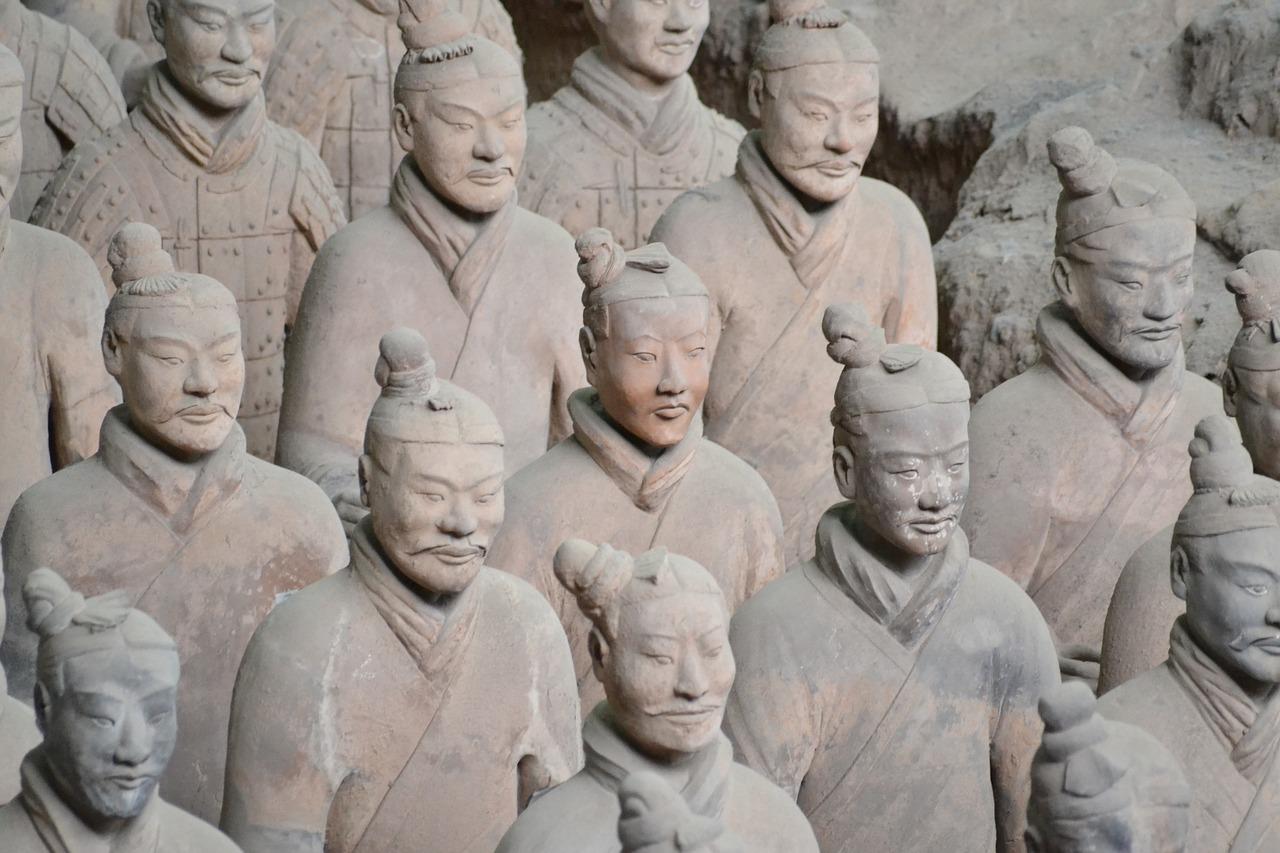
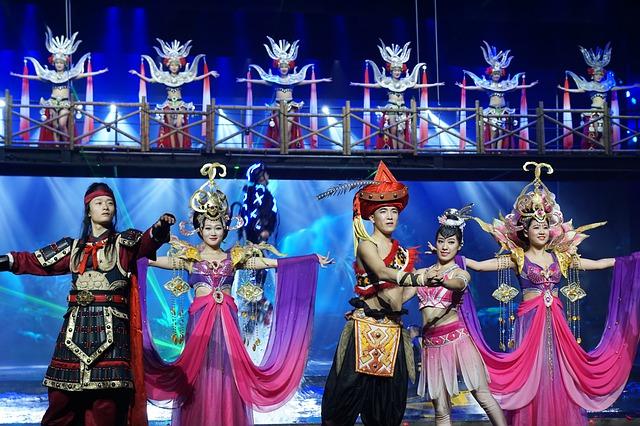
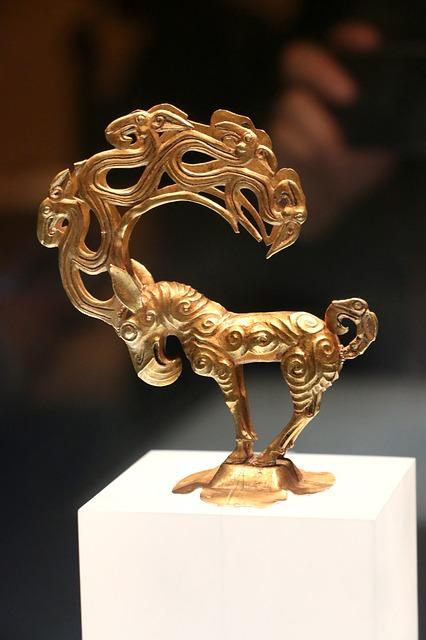
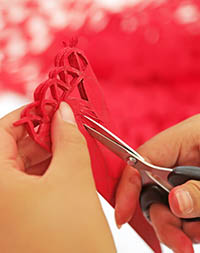
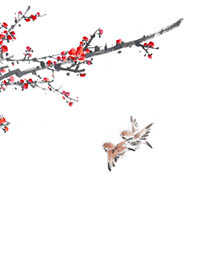
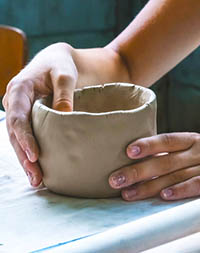
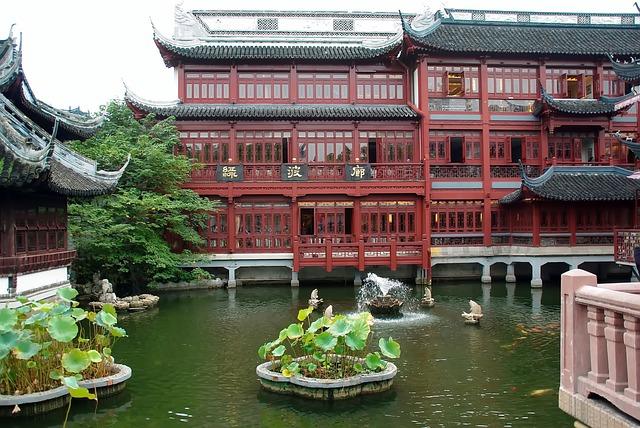
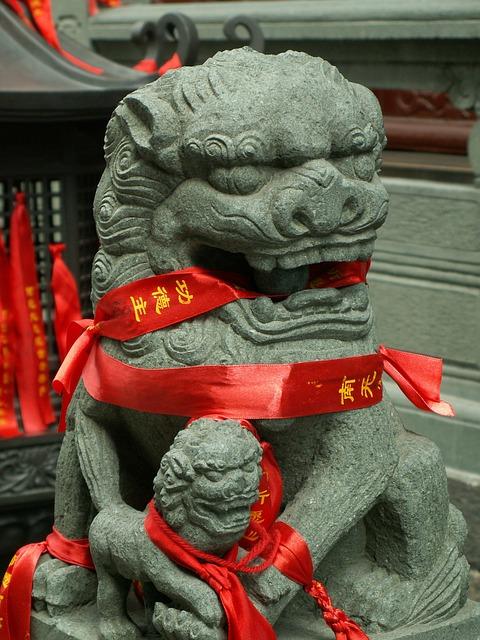
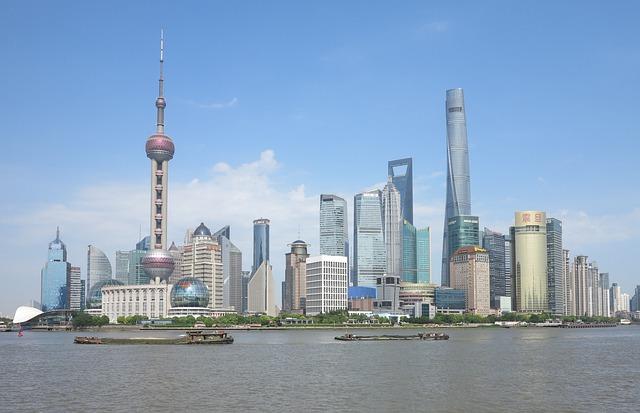
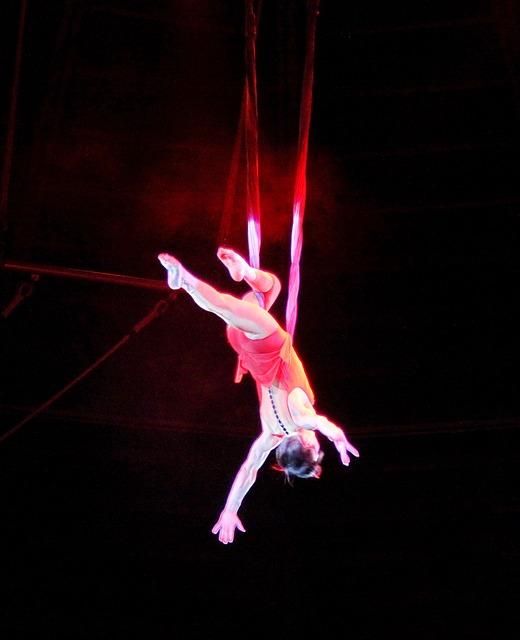
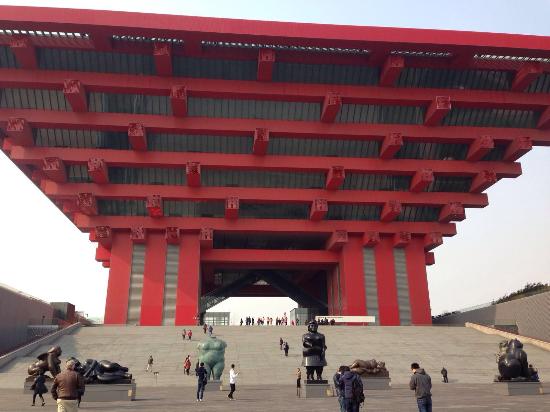
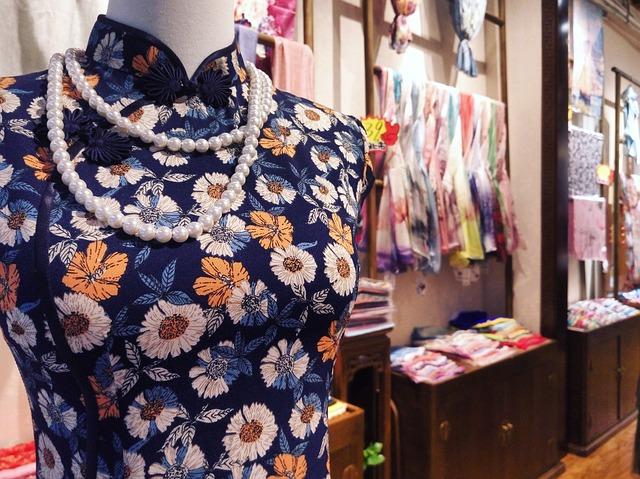
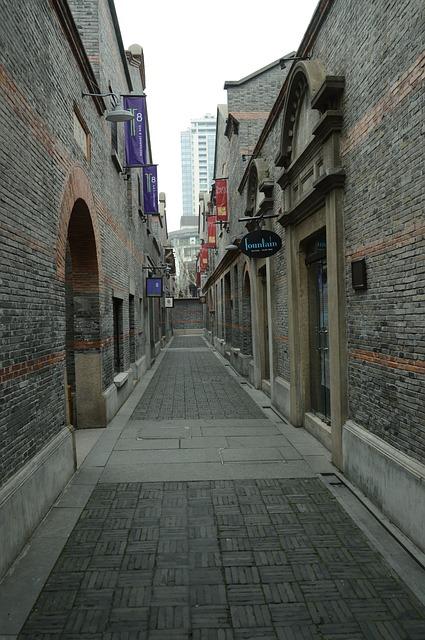
Typical accommodation
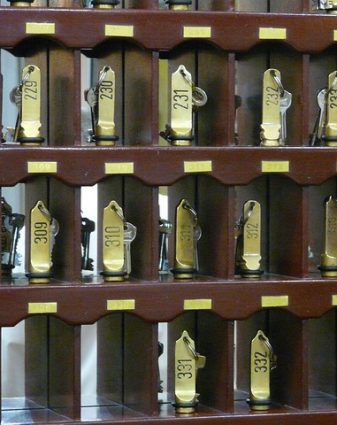
Why groups like it:
Facilities:
Learning outcomes
Subject focus
Students can:
• See a wide range of art and artistic techniques
• Admire intricate decorative skills in iconic buildings
• Understand the influence of Chinese art and culture in the Western World
• See how modern Chinese artists are expressing themselves
• Consider the influence of the State on artistic expression
• Sketch and draw in real life situations
• Find inspiration for their own work
• Compare ancient and modern architecture
Student outcomes
Students will:
• See, and draw inspiration from, a wide range of works
• Compare and contrast historical and modern styles and various techniques
• Gain an understanding of the motivations and circumstances behind the art
• Encounter a range of influences to inform their own work
• Consider political boundaries in freedom of expression



